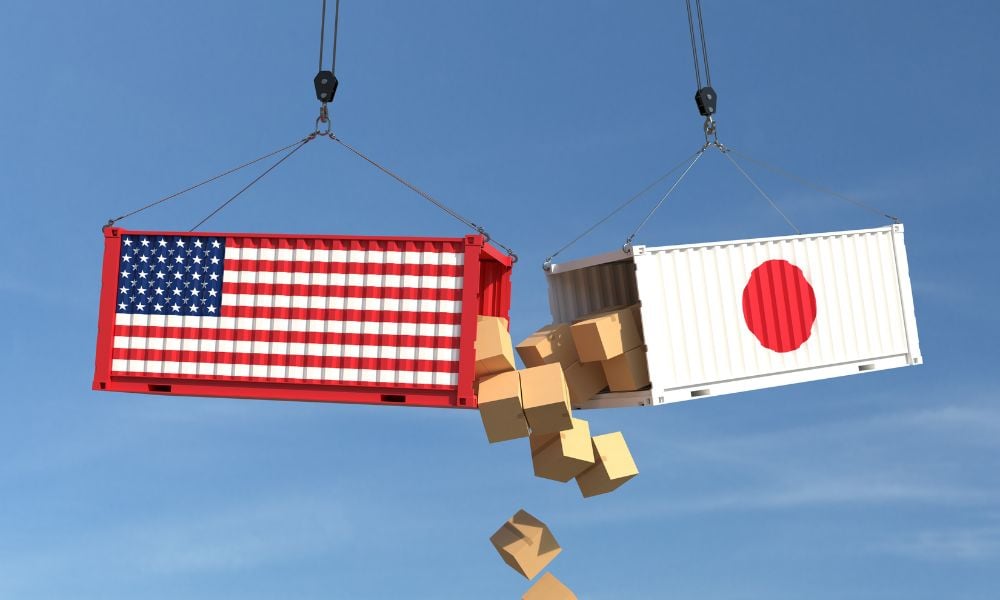Tokyo's investment pledge fails to avert 25% tariffs

A strategic gambit by Japanese premier Shigeru Ishiba to appease US president Donald Trump’s protectionist trade stance appears to have backfired, as Washington announced 25% tariffs on Japanese imports, effective Aug. 1. Reuters reported that the decision comes despite an earlier pledge from Tokyo to invest US$1 trillion in the United States, a move initially hailed by Trump as a sign of a “fantastic relationship” that would lead to a smooth trade deal.
In the intervening months, Japanese trade negotiators, operating with an eye on a precarious July 20 election, reportedly adhered to a strategy of resisting demands to lower barriers for politically sensitive imports such as rice. However, these efforts, which seemed promising at first, have now left negotiators in a difficult position, with limited options to avert the impending levies that are set to impact the world’s fourth-largest economy.
From “fantastic” to “spoiled”: The breakdown
The shift in rhetoric from Washington has been stark. Last week, Trump, in social media posts, labelled Japan “spoiled,” accusing Tokyo of an unwillingness to purchase US rice. This was followed by a direct notification to Ishiba on Monday, confirming the new 25% tariffs.
Kazuhiro Maeshima, an expert in American government and foreign policy at Tokyo’s Sophia University, characterized the move as “a sign of Trump’s frustration.” He suggested that “Japanese companies will need to find ways to manage their businesses in a way that does not depend on the United States.”
Despite the setback, Ishiba, in televised remarks on Tuesday, stated that Tokyo would continue to pursue a pact with the United States “that benefits both countries, while protecting Japan’s national interests.” The US embassy in Japan referred questions on tariffs to the White House, which offered no immediate comment.
Negotiations in a “dense fog”
Japan, a significant foreign investor in the United States and a key trade partner, was among the first nations to engage Washington in tariff negotiations after Trump’s initial announcement of broad trade duties on April 2.
Led by economy minister Ryosei Akazawa, a close confidant of Ishiba, Japanese negotiators made seven visits to Washington between April and June, promising investments in sectors such as energy and steel. Their primary objective was to secure the removal of tariffs on the automotive sector, a cornerstone of Japan’s economy, while simultaneously fending off US demands for agricultural market liberalization, a politically charged issue ahead of the upcoming election.
Polls suggest Ishiba’s ruling coalition faces a tough challenge in maintaining its majority in the upper house vote, which could further destabilize his government.
Japanese negotiators initially believed they were making headway, finding a receptive audience in Commerce secretary Howard Lutnick. However, as the anticipated G7 meeting in Kananaskis, Canadian Rockies, approached in mid-June, Akazawa’s optimism waned.
“It feels like we’re still in a dense fog,” he remarked to reporters on June 10. The leaders’ meeting in Canada offered little clarity on trade, with Trump reportedly appearing disengaged. Ishiba later noted “discrepancies in our understanding.”
The frustration culminated in Trump’s recent social media posts and the subsequent tariff announcement, leaving Tokyo to navigate a complex path forward amidst escalating trade tensions.



